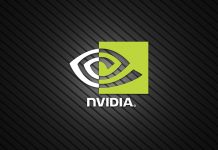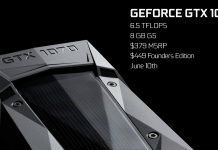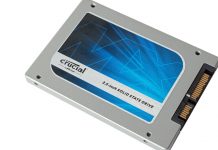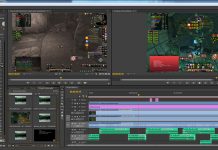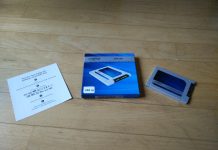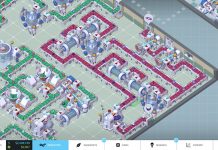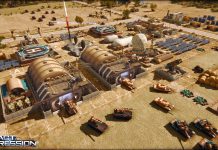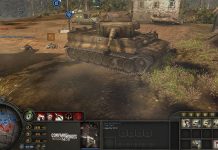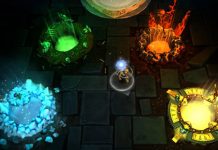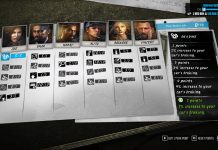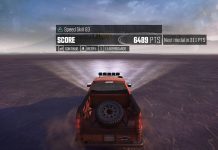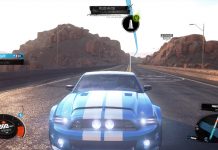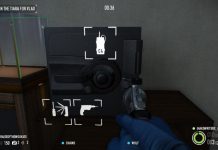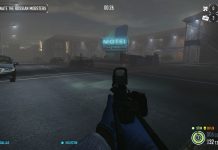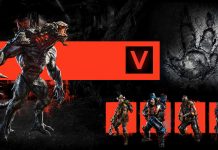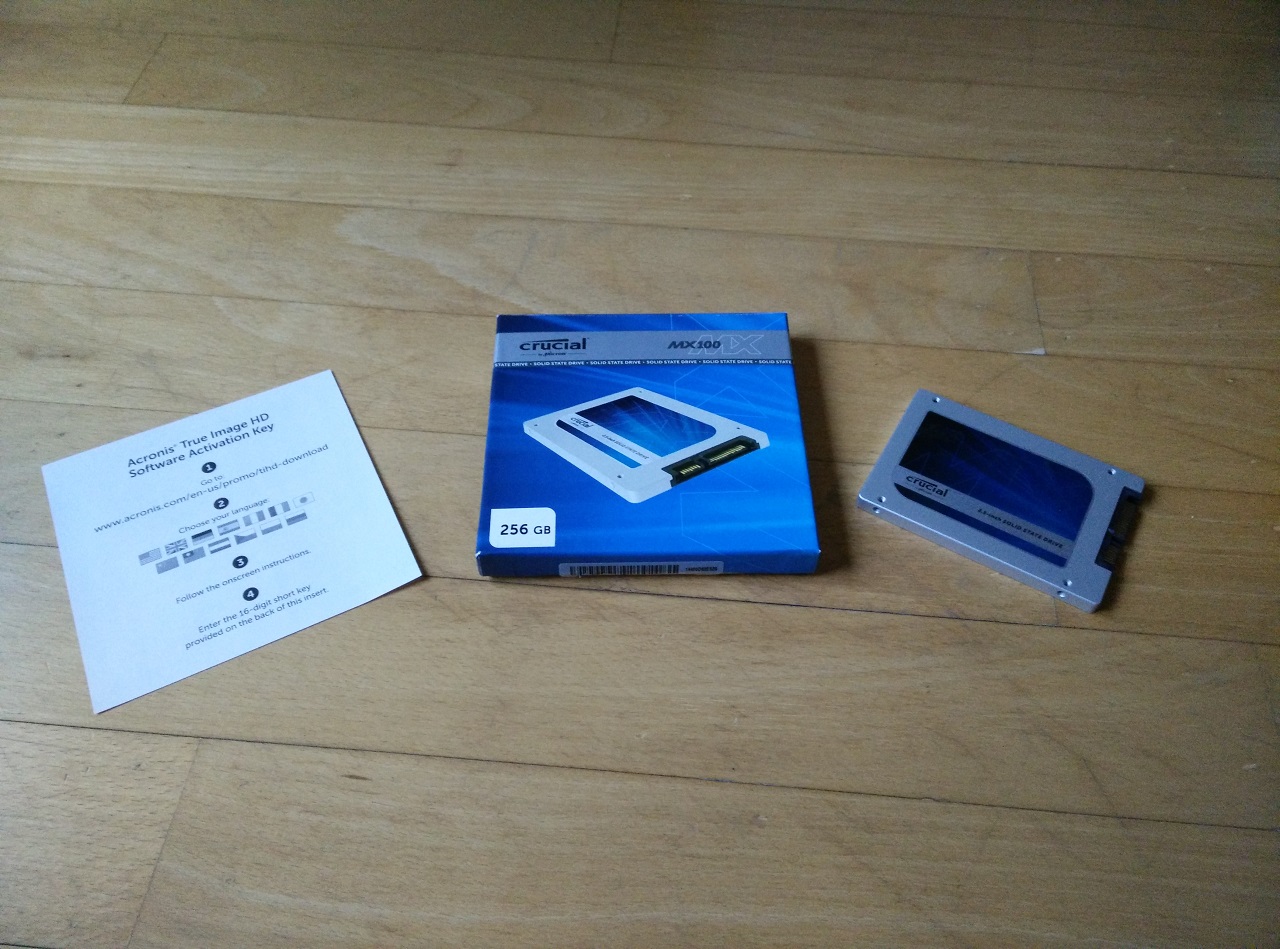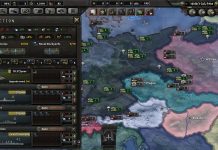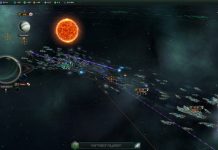Introduction
[postad]Over the past few years there have been some developments in storage solutions available for pc’s. First of all we have seen a breakthrough of SSD (Solid State Drive) capacity making them more affordable. They also became faster and more reliable. In other words SSD’s have matured. Second we have seen the prices of hard disk drives drop to “regular” levels after the Tsunami flooded a factory in 2012. Making them as cheap as 3 cents per GB.
But what has happened in gaming? Lately we have seen games increasing their size up to 65GB. TitanFall, Battlefield 4, GTA V all take plenty of space. Even with their increased capacity SSD’s are still too small to store all your games at a reasonable cost. The most common solution seems to use an SSD for your OS and a “slow” hard drive to store most of your games. However there is another alternative that seems to have been forgotten and it is called raid 0. Let’s find out which is best!
Contestants
For this storage shootout a selection of hard disks and solid state drives was made that can be purchased for roughly 100 dollars (or 100 euro).
Crucial MX 100 256 GB SSD (from $109)
The Crucial MX100 is one of the most popular Solid State Drives with a very good price performance ratio. It was released in June 2014 and according to Crucial it can read 550 MB/s, write 333MB/s and has 85.000 / 70.000 IOPS for reading and writing.
Seagate Desktop HDD 3 TB (from $83)
Released in 2011 this drive is truly amazing. Where previous generation drives had 500 GB per platter this bad boy has 1 TB platters. Thanks to this extreme data density it is very fast when it comes to reading or writing large files. According to Seagate the Seagate Deskstop HDD 3 TB can read 210 MB/s and write 156 MB/s. Because of the 3 TB capacity this drive has to use 3 platters. These additional platters make the disk physically thicker and makes it consume additional power. However with 8W per disk this is not something you should worry about.
Seagate Desktop HDD 1 TB (from $50) x2 in Raid 0 array
For this test two of the Seagate Desktop HDD 1 TB drives were combined to act as one in a Raid 0 array (more info about raid 0 later).
Released in 2011 this disk is still the latest and greatest from Seagate. It features identical specifications compared to the previously mentioned 3 TB version. However because it is “only” 1 TB it only has a single platter spinning around, making it more power efficient. According to Seagate it can read 210 MB/s and write 156 MB/s.
Samsung Spintpoint F1 (baseline)
When this drive came out in 2008 it was fast. At that time it had an amazing data density of 500 GB per platter. Samsung sold its hard disk facilities to Seagate and this model was retired. I have added this disk to the comparison to demonstrate the effect of “upgrading” to a modern hard disk drive.
What is Raid 0?
Not everyone might be familiar with what Raid 0 is and how it actually works. Raid stands for redundant array of independent disks. Raid 0 combines multiple drives to act as single hard drive. When files are send to this “virtual” disk they are cut into pieces and spread across the different disks.
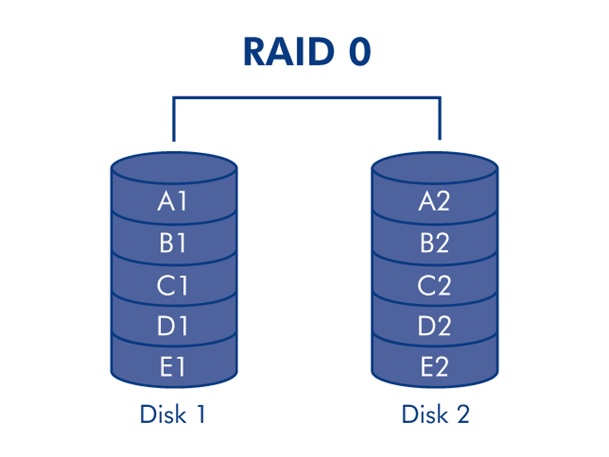
Because the workload is split multiple disks can work on the file at the same time. You can do raid 0 with 2 disks to theoretically increase your speed by 100%! You can also go crazy and use up to 6 disks to split the load. Raid 0 can be used for hard disks and SSD’s alike.
Keep in mind that if a single disks breaks down you kind of lose all your data. Now a lot of you will inherently interpret this as great danger. This makes sense, or does it? If you use a single drive with high capacity you are using a drive that has more platters. These drives actually have a larger break down chance (2,97% for the Seagate 3TB). The single or dual platter drives are generally more reliable (1,95% for the 2 TB Seagate). So in the end this isn’t a factor.
Test1 Installing games (Sid Meier’s Beyond Earth)
Remember the excitement when you just got a new game? Also remember the annoyance of having to wait 40 minutes before it was installed? In this case storage matters! A hard disk drive will struggle to juggle files from one place to the next, but they have become significantly faster. Let’s check it out.
For this test I choose Sid Meier’s Civilization Beyond Earth. Obviously this is not the biggest game out there. It has a footprint of only 5.5 GB whereas a lot of recent games are at least 10 times larger. However installation times are extremely linear so you can just multiply all test results by 10 and get a good indication of the time required.
A: Installing Sid Meier’s Beyond Earth
Methodology: For this test I created an image file of Sid Meier’s Civilization Beyond Earth (2.89GB) that was placed in the root directory. Now the image was loaded in a virtual DVD drive and the game was installed. This is a common scenario and similar to what happens if you install games on the same disk as where they were downloaded. It is also one the hardest things to do for a regular hard disk drive because it cannot multitask that well.

As expected the Solid State Drives multitasking capabilities make it the winner of this test. The game installs like a breeze in 42 seconds. The raid 0 array is actually very close! It is only 4 seconds behind the SSD. Keep in mind that for the SSD only has 256 GB available whereas the raid 0 array has 2000GB and things become interesting! But what about the hard disk drives? Although the brand new hard disk drive beats the old Samsung Spinpoint by 14% it is still lagging behind.
B: Installing Sid Meier’s Beyond Earth from a RAM drive
Obviously a lot of you guys have multiple storage solutions inside your gaming computer. For example an SSD and a hard disk drive, or maybe just multiple hard disk drives. Installing from one disk to another disk makes things easier. Even an SSD will perform better in a multi disk scenario.
Methodology: For this test we used the same image file of Sid Meier’s Civilization Beyond Earth (2.89GB) and placed it in the ram memory using a ram drive. The RAM is very fast, so fast that this virtual drive hits up to 7000MB/s.

The Raid 0 array is a clear winner in this scenario, did you expect that? It is a whopping 259% faster than the single hard drive setup. Clearly the raid 0 array is doing its thing by not only increasing throughput but also increasing the IOPS (operations per second).
The SSD can keep up but how can it be behind? I checked the footage and it showed a noticeable slowdown on some of the larger file transfers during the install. As you might know the write speeds of an SSD are directly linked to the number of memory modules used. Because this model uses high capacity memory modules it is rated at “only” 333MB/s. So when writing large (sequential) files it will be outperformed by the raid 0 array that can hit up to 440 MB/s.
There is also good news for the traditional hard drive. By not having to multi-task it actually became 29 seconds (25%) quicker!
Installation conclusion
When it comes to installing games both the SSD and the Raid 0 array appear to be 3 times faster than the traditional hard disk drives. But which is best, the SSD or the Raid 0? Let’s take a look at the cost factor. At €0,05 per GB Raid 0 beats the SSD’s €0,40 cent per GB by a whopping 800%. Therefore Raid 0 array is the clear winner in this sub-test.
Test 2: Map loading times
Installing games can be an important measure. But what about map loading times? You are fare more likely to regularly load a map then regularly installing your games. However I must admit that map loading times seem to become less relevant due to the increase of available ram. Once you have loaded a map most of the required stuff sticks in there. Meaning that all storage media will be roughly just as quick on the second map load.
Methodology: The game folders were duplicated across the different drives. A symbolic link was used to direct the OS to the correct drive. After each test the system was rebooted. Keep in mind that Battlefield 3 uses large packages of game data that can be read sequentially. Portal 2 is the complete opposite and consists of thousands of small files. Therefore hard disk drives will struggle on Portal 2.
Loading a map in Battlefield 3 (Caspian Border)

If we look at the game loading times then nothing can beat the SSD. This can be explained by the amazing read speeds (up to 500MB/s) and the low latency (0.1ms). In Battlefield 3 the SSD is about 3 times as fast compared to the Seagate Desktop HDD. Upgrading to raid 0 will decrease loading times by 13 seconds. The old hard disk drive is 6 seconds slower.
Loading a map in Portal 2

In Portal 2 the SSD wins the race. It is about 10 seconds, or 60%, quicker than the Seagate Desktop HDD 3 TB. Surprisingly the raid 0 array is 4 seconds slower than the single disk! The cause for this issues lies in the way portal 2 is structured. Battlefield, and most games, use large files. Meaning that it kind of makes sense where the files are physically. Portal 2 uses tiny files scattered that across the hard disk drive. Now raid 0 array adds a little latency to “random” read performance. On large files the speed benefit completely mitigates this small difference. However on tiny files there is no speed benefit there is only the added latency.
Map loading Summary:
Unless you are a big fan of Valve’s games (Left 4 Dead 1/2, Portal 1/2, Team Fortress, etc) then I would not worry to much about the slower raid 0 performance. Most games use packaged files and honestly so should Valve. This is not something inherent to the Source engine. For example Titalfall also uses the source engine but spreads 60 GB over only 889 files instead of 11 GB across 3533 files.
That said, the SSD still is the clear winner when it comes to map loading. In regular games like Battlefield 3 it is still 234% quicker than the Raid 0 array! At the same time this test also demonstrated that you can really benefit from upgrading your old hard disk drive. The old Samsung Spinpoint lost 24% in Portal 2 and 6% in Battlefield 3.
Please put this test into perspective. When I closed Portal 2 and did a second run on the Raid 0 array the game loaded in 13 seconds instead of 29 seconds! So remember the impact of RAM. The SSD will greatly benefit you on a “first load” scenario. But once you get through the first load the differences become kind of insignificant.
Conclusion
Whatever you choose everything is better than your “old” hard disk. Good news right? But who is the winner?
We have to choose from 3 very different beast. First we have the SSD that is amazingly fast, but will only fit a few of your games. Second we have the Raid 0 array that can equal the SSD’s speed when it comes to installing and updating your games, but not when it comes to loading maps. It does have 800% more storage capacity making sure it can fit all your games. Lastly, we have the modern hard disk drive which has even more storage capacity. Although it was our slowest participant it actually outperformed the old hard disk by 25%.
If we look at the installation time benchmark then the Raid 0 array seems to be our favorite. It can equal and even beat the SSD and at the same time it will offer you 800% more storage space for a similar price. Instead of having to cherry pick your games and fit them on a 250 GB SSD you have a whopping 2000 GB to use. Take that GTA V! Moving on to map loading times the SSD destroyed the competition. The raid 0 array is still an upgrade, but 17% is not something to get really excited about. That makes the conclusion of this storage shootout 2015 a bit personal.
- If you really care about affordable storage space then get the 3 TB disk, it is the cheapest per GB.
- If you really care about speed then the SSD is your only option.
- If you are more sensible to both arguments then the Raid 0 Array is the best option.
Let me explain that last conclusion. First of all Raid 0 will provide a vastly improved installation and update time. Installation is something that can go on for hours if your disks are slow so I definitely do not want to go back to a single hard disk. At the same time it’s 2000 GB will hold all your games. So far so good! However, you will lose out on map loading times. But is that really a big issue? I did some additional testing and noticed that subsequent map reloading is pretty much identical for all storage options. This can be explained by your (video) ram that holds all required resources after your first load. Even when loading a next map the differences will become smaller because large parts of textures and objects are re-used throughout the game. Now don’t get me wrong; an SSD as a boot drive (for Windows) is still a great idea. But right now they just won’t fit your games for a reasonable price.
So there you have it, I will crown the Raid 0 array the winner of this Storage shootout 2015!
ps: Just keep in mind that SSD prices will continue to drop making them more and more viable to store all your games. I am considering of adding the Seagate Desktop SSHD to the test which i an hybrid hard disk drive with a 8 GB flash cache.
